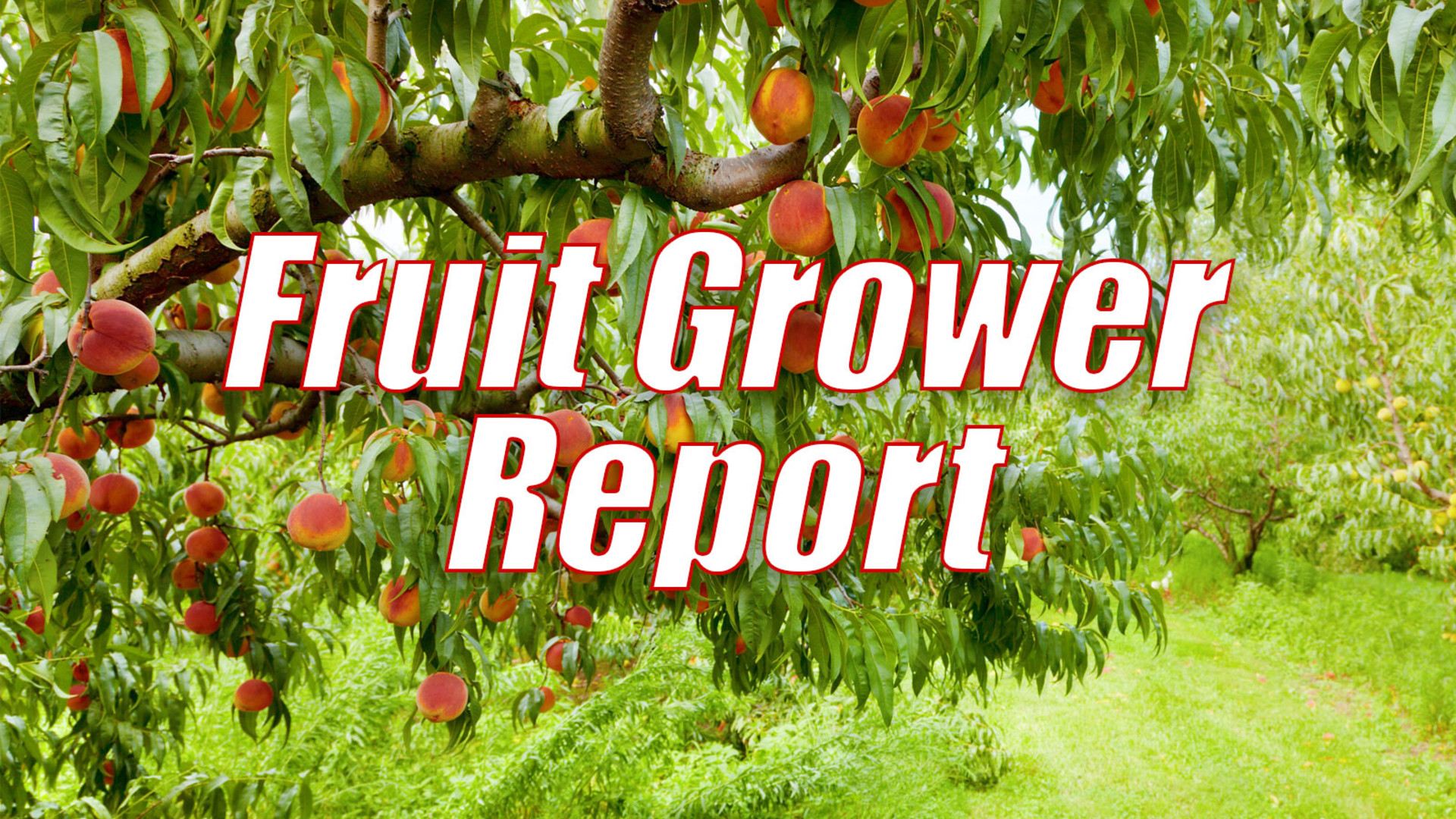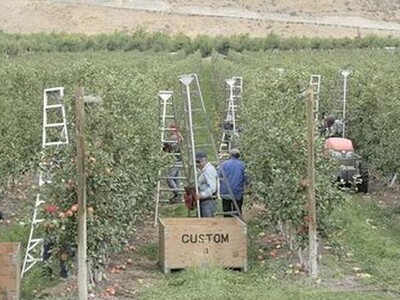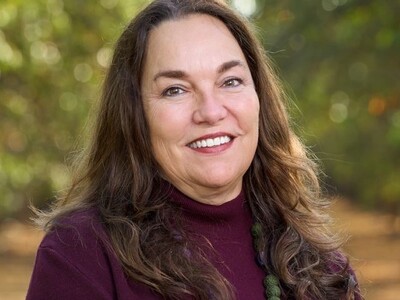Insufficient Pollination
With the Fruit Grower Report I'm Susan Allen. Insufficient pollination, it can be an issue for growers so it's kind of cool the at Australian Center for Field Robotics they are working on an unmanned vehicle that moves through the orchard turning images of fruit into a series of algorithms that are used to identify pollination problems. WSU researchers are working to improve pollination as well and Matthew Whiting says they have been created a pollination contingency plan..WHITING: The problem is its been well documented that the decline in the populations of European honey bees which are the pollinator species that are introduced to orchards to pollinate and fertilize the crop. In addition to that, growers have challenges every year with the pollinizers; that is the trees that are planted interspaced in the orchard to provide a source of compatible pollen. Sometimes there's not enough of those, sometimes the overlap of the flowering that isn't sufficient and we also have problems with pollinators, with bees including their disappearance. There're colony collapse disorder concerns, but also growers are seeing increasing costs for pollinators.
In addition to confusion and questions about how many pollinators are needed per acre and where to locate hives, etc., they've come up with a
WHITING: The system that we've been proposing and testing is one in which we're trying to just bring a little more resilience to some of these issues like colony collapse disorder, variable spring weather conditions, all the challenges I listed with pollinizers and pollinators so that you could rely upon pollination every year and not be concerned about it as a problem.
Like Mathew mentioned weather during bloom can hurt pollination Because bees tend to be homebodies when there is rainy windy or cool weather


















